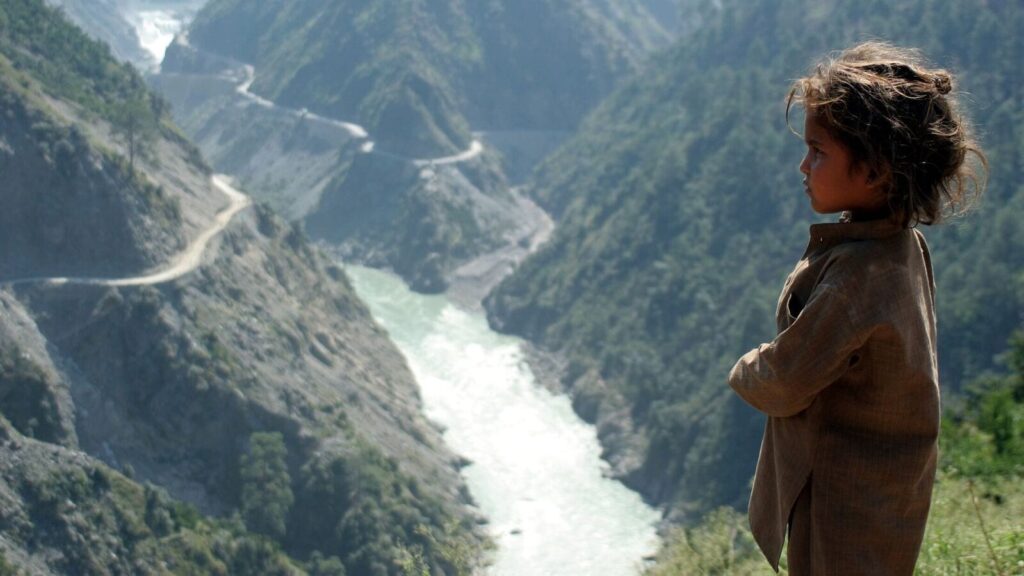NHPC estimates the project will require an investment of ₹22,700 crore, with the state-run major having already spent ₹973 crore on a detailed project report (DPR).
The project is expected to generate an annual revenue of approximately ₹4,024 crore at a projected tariff of ₹5.5 per unit and a plant load factor of around 45%, according to industry estimates.
The Jammu & Kashmir (J&K) government is in talks with the union power ministry to either develop the Sawalkot project independently through Jammu Kashmir Power Development Corp. (JKPDC), a state-owned entity, or through the joint venture (JV) Chenab Valley Power Projects (CVPP), where JKPDC holds a 44.71% stake, the people said.
Read this | India to fast-track hydropower plans on Pakistan-bound rivers after treaty suspension
If JKPDC secures a stake and a share of revenue, it could earn around ₹1,800 crore annually, according to one of the three people. “The decision is yet to be made on whether NHPC, JKPDC, or the JV will undertake the project.”
NHPC, meanwhile, has sought concessions on state GST and water cess to keep the tariffs viable, a second person said, adding that if a decision is taken swiftly and the project receives central clearance, Sawalkot could be completed and commissioned by October 2033.
“Jammu & Kashmir government may look at offering some concessions in case, if its is given stake in the project in the form of the joint venture and Centre provides incentives for equity stake by the state,” a third person said.
Queries sent to NHPC and the union power ministry remained unanswered at the time of publishing. JKPDC officials could not be reached immediately.
An NHPC official, requesting anonymity, said the state department may find it challenging to undertake the project independently given the high capital requirement. “They may push more for the JV route, as they have in other projects,” the official said.
If the state government takes over the project, it would need to reimburse NHPC for the amount spent on the DPR, plus interest. In the case of a joint venture, it would be required to pay a proportional share of the DPR costs, the NHPC official said.
States often prefer ownership stakes in hydropower projects for assured long-term revenue, given these projects’ high capital expenditure but low operating costs, water being the primary “fuel.” Control also provides a say in operations, crucial where large-scale land use, water resources, and population displacement are involved, industry experts said.
The Centre has historically incentivized state equity in hydropower projects to fast-track development, a policy paused for some projects in FY26 but expected to resume, making joint ventures attractive, the third person said.
Indus Water Treaty suspension and hydropower push
India’s hydropower push in J&K has gained new momentum after the Centre suspended the 1960 Indus Waters Treaty with Pakistan following a terrorist attack in Pahalgam in April that claimed 26 lives. The treaty, signed under World Bank mediation, had capped India’s storage capacity on rivers flowing into Pakistan at 3.6 million acre feet (maf).
With the treaty now in abeyance, India is exploring dams and reservoirs for flood control on the Indus, Jhelum, and Chenab rivers, which have a combined average annual runoff of 136 maf, 40% of which originates in India. In other words, approximately 54.4 maf of water comes from Indian territory.
Read this | Mint Explainer: India puts Indus Waters Treaty on ice—what’s at stake for both sides
On the hydropower front, the Centre is also pushing to complete and expand projects, with Sawalkot identified as a potential storage site given its early-stage status.
“Projects on these key rivers do not have large storage capacities. As the government looks at creating reservoirs to store water, Sawalkot could be a key project where storage can be incorporated as construction is yet to begin. However, it would require a fresh DPR, new investments, and extended timelines,” said the second person.
J&K’s current installed hydropower capacity stands at just over 3 GW, far below its estimated potential of 18,000 MW.
JKPDC, with an annual turnover exceeding $150 million, operates the 900 MW Baglihar project, which is governed by the Indus Water Treaty. It also manages 175 MW of gas turbine power at Pampore near Srinagar.
In a March address to the J&K assembly, Jal Shakti minister Javed Ahmad Rana highlighted the region’s untapped hydropower reserves, noting that the Chenab basin alone could support 11,283 MW, with another 3,084 MW in the Jhelum basin and 500 MW in the Ravi basin.
J&K’s infra push
India, meanwhile, is ramping up infrastructure development to bolster both civilian life and military readiness in the sensitive region. From critical mineral extraction and railway links to waterways and fortified highways, an array of projects is being fast-tracked.
Among these, hydropower and water transport are gaining renewed focus. On 12 May, the Inland Waterways Authority of India (IWAI) opened its office in Srinagar, marking the launch of a series of river navigation projects in J&K. This includes developing infrastructure on three national waterways—Chenab (NW-26), Jhelum (NW-49), and Ravi (NW-84).
Also read | Broken dams, crippled plants: Climate calamities hike insurance costs for hydropower firms
The plan involves setting up floating jetties at ten locations, dredging key stretches for navigability, installing night navigation aids, and conducting regular hydrographic surveys to ensure safe passage of vessels.
Source:https://www.livemint.com/news/india/jk-seeks-stake-revenue-share-in-nhpc-s-rs-22-700-crore-sawalkot-hydro-project-11746962830826.html

